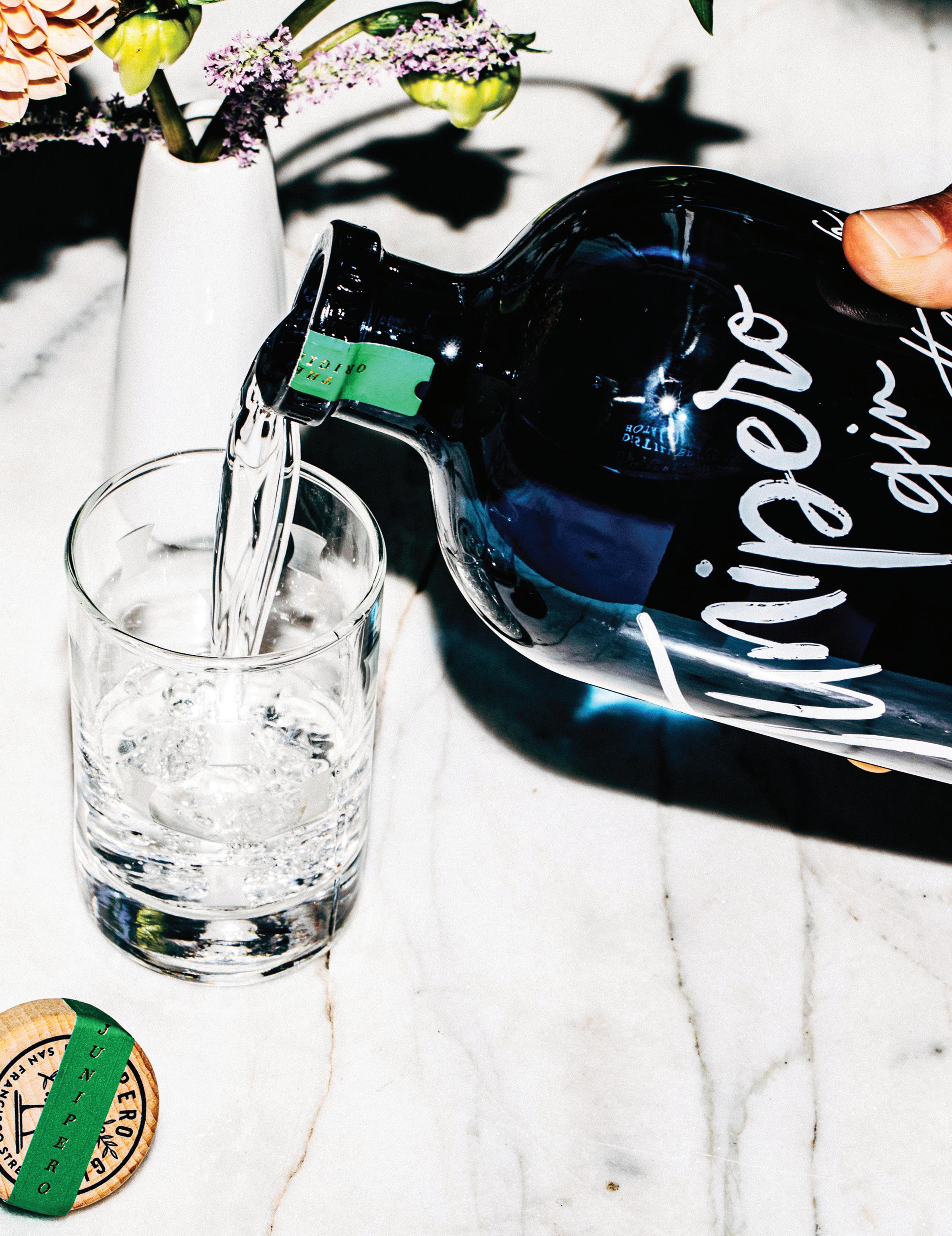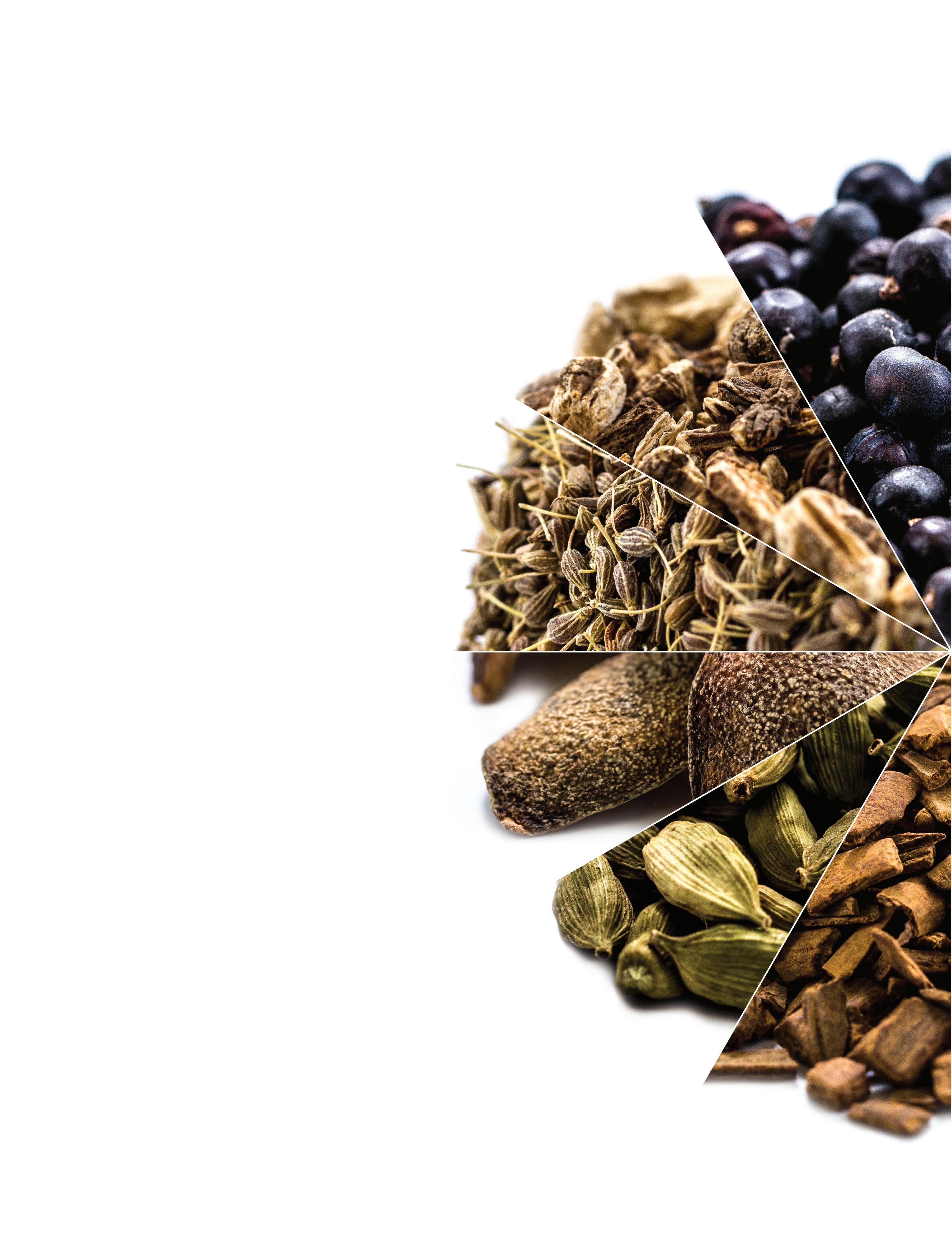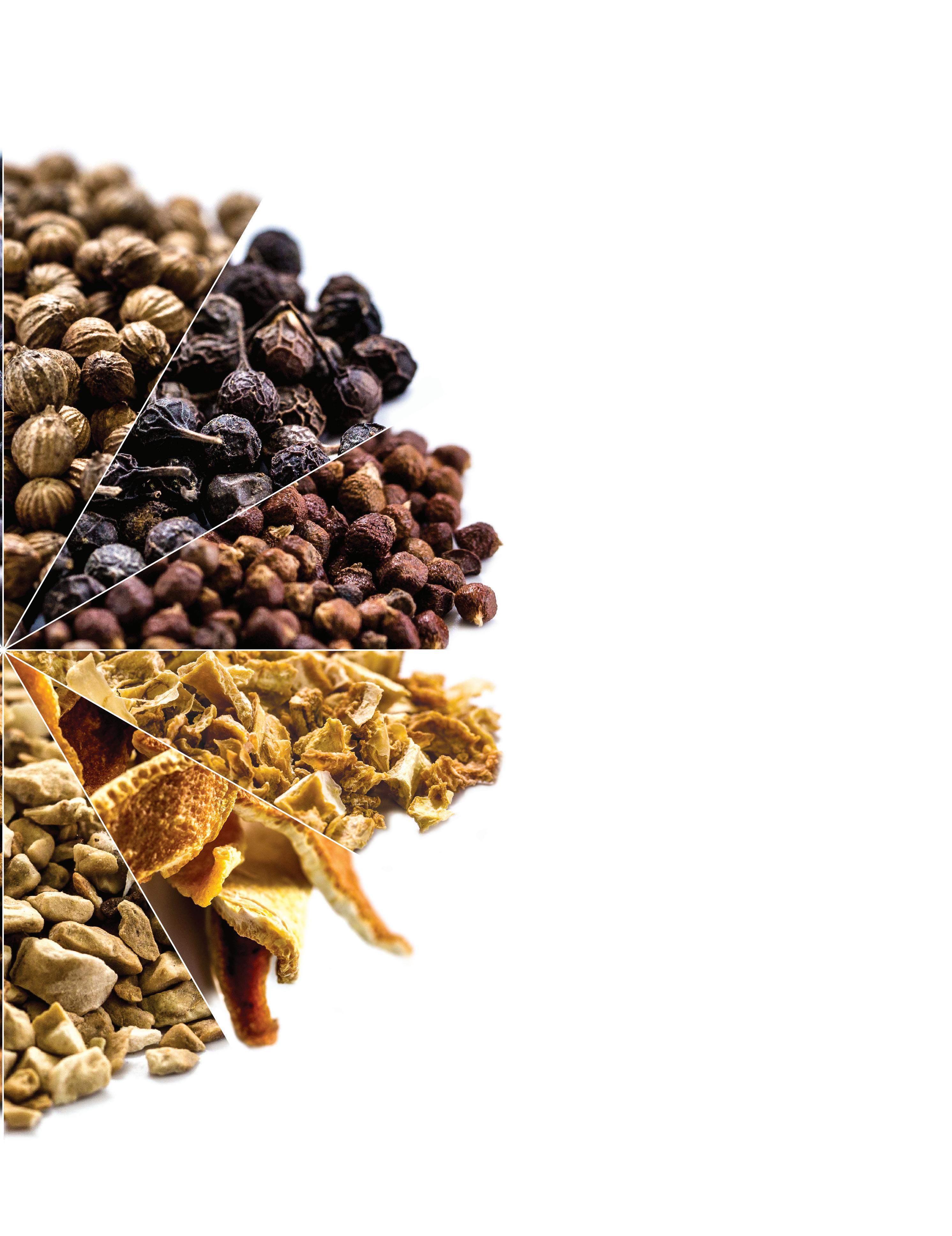
5 minute read
Junipero
SAME AWARD WINNING LIQUID SINCE 1996
JUN I PERO GIN
Advertisement
- SAN FRANCISCO, CALIFORNIA -
THE ORIGINAL AMERICAN CRAFT GIN | The first of its kind, Junipero fearlessly led the birth of American craft gin in 1996. Hell bent on elevating juniper & citrus flavors, the distilling team forged a new path by crafting each batch of Junipero in a small copper pot still, scouring the globe for the most expressive botanicals, and boldly bottling at an unfiltered 98.6 proof. Decades later Junipero is still made by hand in San Francisco and celebrate those who break with convention to pursue an original path - To Live Life Unfiltered. 49.3% ABV
GOLD MEDAL | San Francisico Wine & Spirits Competition 2021 94 POINTS, EXCEPTIONAL GOLD MEDAL | Beverage Testing Institute 2021 95 POINTS, GOLD MEDAL | Bartender Spirits Awards 2021 95 POINTS CHAIRMAN’S TROPHY | Ultimate Spirits Challenge 2019

– Eric Asimov, New York Times –
THE PERFECT RECIPE OF BOTANICALS
JUNIPER
With gin, juniper is the star of the show, and was created with an extra emphasis on being juniper-forward. While the part of the plant used in gin is often referred to as a “juniper berry”, it’s actually a small, fleshy seed-cone. Juniper grows throughout the northern hemisphere, and has long been used for gastronomic, medicinal and spiritual applications in various cultures.
ANGELICA ROOT
Angelica root is one of the more common botanicals used in gin, and has an herbal quality that is believed to help meld the various botanical flavors together. The root of the plant is used in Junipero, though other gins sometimes alternatively use the seeds. It grows throughout northern Europe as well as parts of Asia.

1
2
ANISEED
Aniseed is the seed of the anise plant, which is native to the Mediterranean region and imparts a flavor reminiscent of licorice. Aniseed is a common ingredient in many spirits and liqueurs, and has long been used for medicinal purposes.
3
BITTER ORANGE PEEL
Also known as “seville orange,” bitter orange is different than a typical sweet orange and is a hybrid cross between a pomelo and mandarin. It is native to southeast Asia, although Hotaling sources locally, and bitter oranges are commonly used in the production of triple sec and marmalade jam.
4
CARDAMOM
Native to India and neighboring countries, Cardamom is the third most expensive spice in the world behind saffron and vanilla. Cardamom seed pods impart a perfumed herbaceous character to gin.
5

6
CORIANDER
Coriander is the second most common botanical used in gin production, with the seed of the plan typically used. Coriander grows in various regions around the world, including northern Africa, southwestern Asia and southern Europe. Where coriander is grown has a big impact on its flavor, which is spicy and citrusy. It’s also a common ingredient in Belgian beer.
7
CUBEB
The dried berry of the cubeb plant looks very similar to a black peppercorn, and is typically grown in Indonesia. Cubeb berries lend a peppery, spicy floral note to gin.
8
GRAINS OF PARADISE
Grains of paradise is a member of the ginger family and is native to West Africa. The dried seeds of the plant impart a spicy pepper flavor with subtle floral notes.
9
LEMON PEEL
Lemons are a common and familiar fruit in the United States, and Hotaling & Co. is proud to source its lemon peel locally from California, adding a citrusy lemon character.
10
ORANGE PEEL
In addition to the bitter orange peel, sweet orange peel is used in Junipero, which is also sourced locally in California, adding a citrusy orange note.
11
ORRIS ROOT
Orris root is the root of the iris plant, and is a common ingredient in potpourri. The root is dried for several years and adds a perfumed character with complex earthy floral aromas while helping to bring other aromas in the gin to life.
12
CASSIA BARK
Cassia is the dried bark of the cassia evergreen tree, which is native to southern China. Cassia is a type of cinnamon, also known as “Chinese cinnamon,” and it offers a sweet baking spice flavor.

LUXARDO
- PADUA, ITALY -
ITALY’S PREMIER LIQUEUR AND ORIGINAL CHERRY PRODUCER, CREATING ESSENTIAL INGREDIENTS FOR MODERN AND CLASSIC COCKTAILS
THE BEGINNING OF MARASCHINO | Luxardo is a family-owned company founded in Zara, a port city on the Dalmatian coast of what is now Croatia. Girolamo Luxardo, a Genovese businessman, and his wife, Maria Canevari, moved to Zara in 1817.
It was Maria who began perfecting “rosolio maraschino,” a liqueur produced in Dalmatian convents since medieval times from special maraschino cherries.
Canevari’s liqueur was of such high quality that it gained the attention of connoisseurs, and her husband founded the Luxardo Distillery in 1821 to produce her original Maraschino. Not long afterwards, the Emperor of Austria awarded the Luxardo liqueur the highest honor “Privilegiata Fabbrica Maraschino Excelsior.” The distillery remained under the family’s control and prospered by exporting the liqueur to aficionados around the world. The Maraschino liqueur became an essential cocktail ingredient internationally, and is found in classics such as the Last Word, Martinez and Hemingway cocktails of the late 19th and early 20th century. The distillery also expanded to create other fruit-based and herbal liqueurs.
RELOCATION TO ITALY | In 1913, Michelangelo Luxardo built the most modern and massive distillery in the Austro-Hungarian Empire. This building survived World War I; but was ultimately destroyed in World War II by Anglo-American bombings.
Only one member of the fourth generation, Giorgio Luxardo, survived the World War II invasion and fled to Italy. Escaping with only a cherry sapling, Giorgio crossed the Adriatic Sea to the Veneto region of northeast Italy and reconnected with a colleague who had saved the Luxardo recipe book.
Armed with the surviving tools and a desire to reestablish his family’s legacy, Giorgio chose the small Veneto city of Torreglia to rebuild the distillery in 1946. At this new home, Luxardo restored its extensive product line of Italian liqueurs and continued to export the products to markets around the world.
Luxardo continues to produce Maraschino to Maria Canevari’s original recipe, as it was written down in 1821. Today, Luxardo is operated by Franco Luxardo of the family’s fifth generation, along with members of the sixth and seventh generations.










